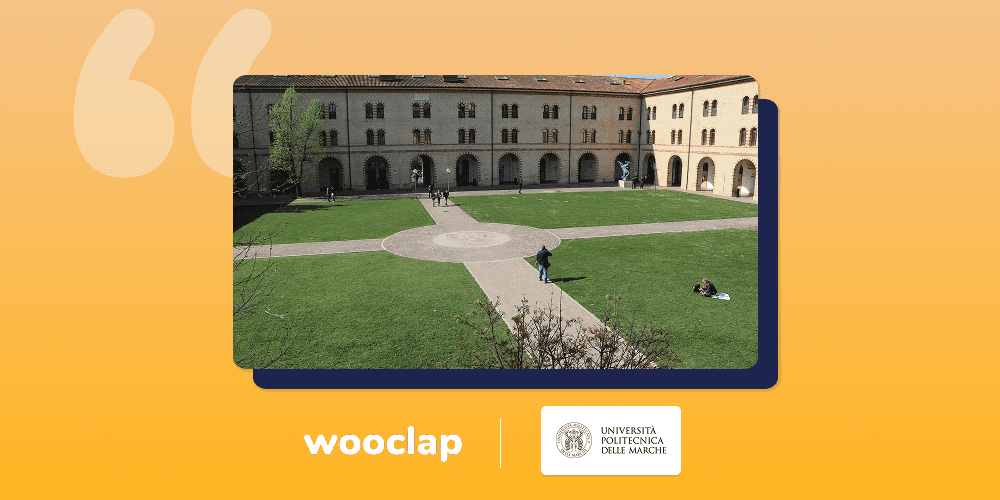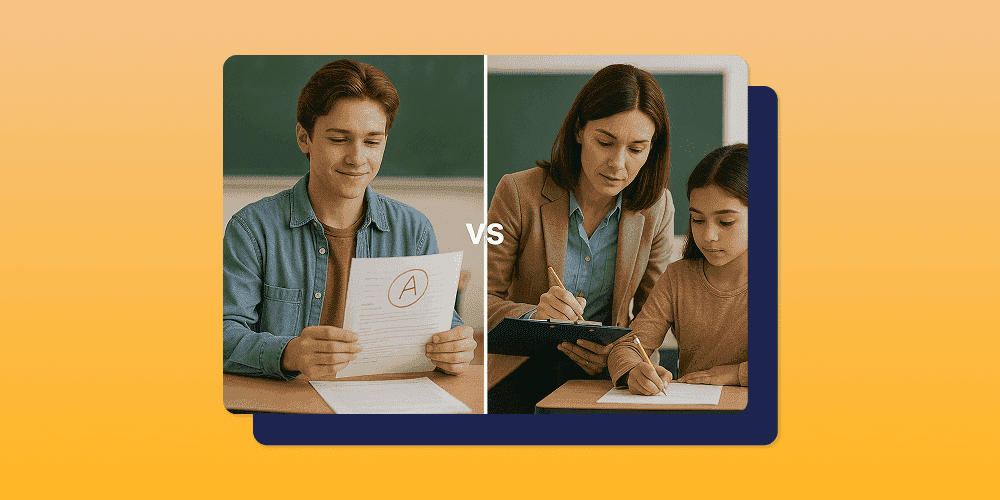
American summer tour! Wooclap will be at InstructureCon 2025
Come say hi at booth 41 from July 22nd to July 24th in Spokane, Washington
Active learning: what is it... and why?
15.10.2019 • 4 minutes

What is active learning?
Participating in one’s learning rather than passively listening to the teacher speak, that is the idea behind active learning methods, which are steadily being introduced in education, from primary school to higher education and lifelong learning. The objective is to push students to acquire not only knowledge, but skills which will help them become citizens and professionals of the 21st century.
The fundamentals of active learning can be summarised as « learning by doing ». Examples include working on projects in small groups, participating in friendly competitions, and debating with one’s peers. There are myriad ways to use one’s knowledge to get involved in the learning process.
Most teachers, who know from experience that students understand and remember something better if they simply do it themselves, would tell you that active learning is nothing new. Then why have we been hearing more and more about it in the last few years? Partly because technology enables greater interaction, which favours such learning methods.
Focus on the learner
Answering a quiz in real-time, watching a video at home, collaborating on a project, or participating through social media are but some of the many activities which place the learner at the centre of the learning process.
Perhaps the most well-known of these instructional strategies is the flipped classroom: asking students to prepare for lectures at home and devoting the lectures to in-depth explanations, practical exercises, and applying the material to specific cases. In short: students are taught remotely and learn in person. Specialist Marcel Lebrun, technology professor at the Université Catholique de Louvain, summarises it like this: « Lectures at home, and homework in class ».
Professor Lebrun says one of his childhood teachers taught in a flipped classroom. There were no videos to watch or tutorials to learn: students simply had to read a text at home on which the teacher would quiz them in class. In other words, active learning is not dependent on new technologies.
Technology as a catalyst
That being said, one can’t deny that new technologies have accelerated the dissemination of these teaching methods, not only because teachers have access to tools other than books, but because technology makes lessons more enjoyable. Answering on a smartphone increases participation and is more appealing than raising one’s hand. This is particularly true for digital natives, but it also applies to those numerous few who are afraid to speak in front of a group.
Such tools help teachers draw and hold their class’ attention. They can check whether students have assimilated various concepts or involve them more personally by asking for their thoughts and opinions. Teachers can use these tools to arouse interest in a topic; after all, learners are curious to know who shares their point of view, and any learner wants to know if they are right.
These examples show that tools aren’t everything, far from it! The key is how they are used, or put another way, in which instructional strategies teachers choose to implement them. Though technology may be an efficient way to stimulate education and make learning more active, it remains a means to an end rather than an end in itself.
Writer

The Wooclap team
Make learning awesome & effective
A monthly summary of our product updates and our latest published content, directly in your inbox.



